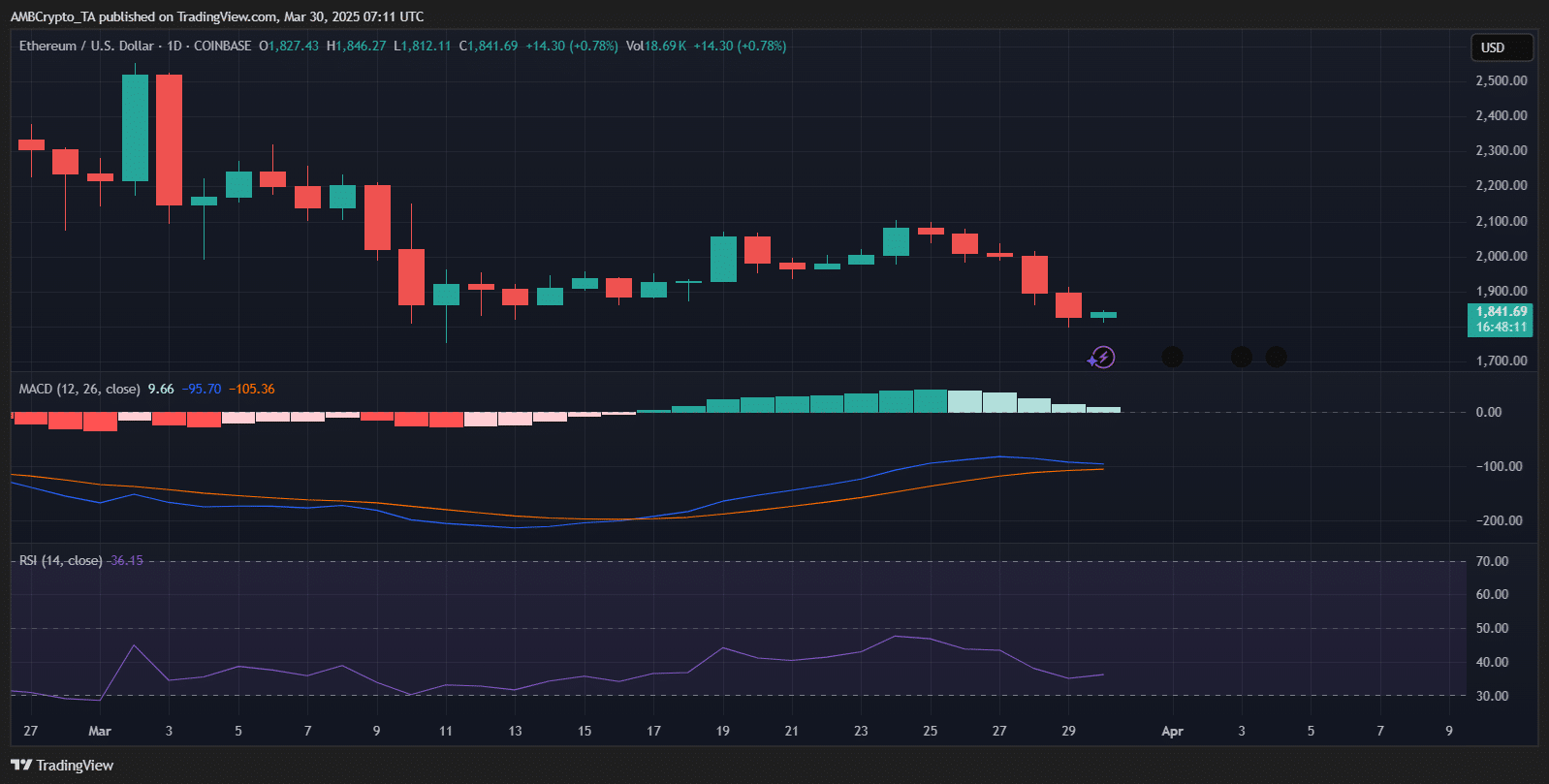-
Ethereum co-founder Vitalik Buterin recently proposed innovative changes to bolster the scalability and security of Ethereum’s Layer 2 solutions.
-
This roadmap aims to address long-standing issues in transaction processing while also mitigating risks related to large holdings in liquidations.
-
“This multi-proof model is designed not only for efficiency but also to enhance resilience against fraud,” Buterin emphasized during a recent discussion.
Vitalik Buterin’s new proposal for Ethereum aims to enhance Layer 2 scalability while addressing liquidation risks amid ongoing price volatility.
Advancements in Layer 2 Scalability through a Multi-Proof Framework
Vitalik Buterin’s newly unveiled roadmap focuses on improving Ethereum’s Layer 2 scalability, finality, and security through a multi-proof model. This approach combines optimistic proofs, zero-knowledge (ZK) proofs, and trusted execution environment (TEE) provers, ensuring that transactions are finalized when two of the three proofs agree. This reduces dependency on a single method and enhances the network’s overall security against fraud.
Innovative Features of the Proposed Roadmap
This proposal directly addresses the challenges faced by Layer 2 solutions while aiming to preserve Ethereum’s decentralized nature. A crucial component involves the introduction of “Stage 2 rollups”, which are designed to provide faster confirmations and improved resilience in semi-trusted environments. Such enhancements could significantly boost Ethereum’s capacity to handle higher transaction volumes without sacrificing security.
Risks of Liquidation in Ethereum’s Ecosystem
While Vitalik Buterin’s advancements are promising, they highlight ongoing financial risks within Ethereum’s broader ecosystem. Specifically, the liquidation risk related to substantial ETH holdings on MakerDAO poses a critical concern for investors. As the price of Ethereum fluctuates, over 125,600 ETH, valued at approximately $238 million, held by key whales on Maker, raises alarm over potential forced liquidations.

As Ethereum’s price remains volatile, the health rate on MakerDAO stands at 1.07, with liquidation thresholds set at $1,805 and $1,787. A continued decline in market value could lead to forced liquidations, triggering significant market repercussions.
The Current Price Trends of Ethereum
Currently, Ethereum is showing signs of slight recovery after an 8% decline over the past week, trading at $1,841.69 at press time. However, the MACD indicator remains bearish, indicating ongoing selling pressure, while the relative strength index (RSI) at 36.45 suggests oversold conditions, indicating a potential for reversal should buying volume increase.

The recent price developments suggest a consolidation phase emerging after steep declines, with critical support likely around the $1,750-$1,700 range. Should bullish momentum materialize, resistance levels may be tested around $1,900 and $2,000. However, uncertainty prevails in the overall market trend, demanding vigilance from investors.
Conclusion
As Ethereum navigates through recent challenges and opportunities, the proposed roadmap by Vitalik Buterin represents a significant leap forward in enhancing scalability and security within its ecosystem. Nonetheless, vigilant monitoring of liquidation risks and ongoing price fluctuations remains vital for all market participants. Understanding these dynamics provides clarity and prepares investors for potential market movements ahead.
